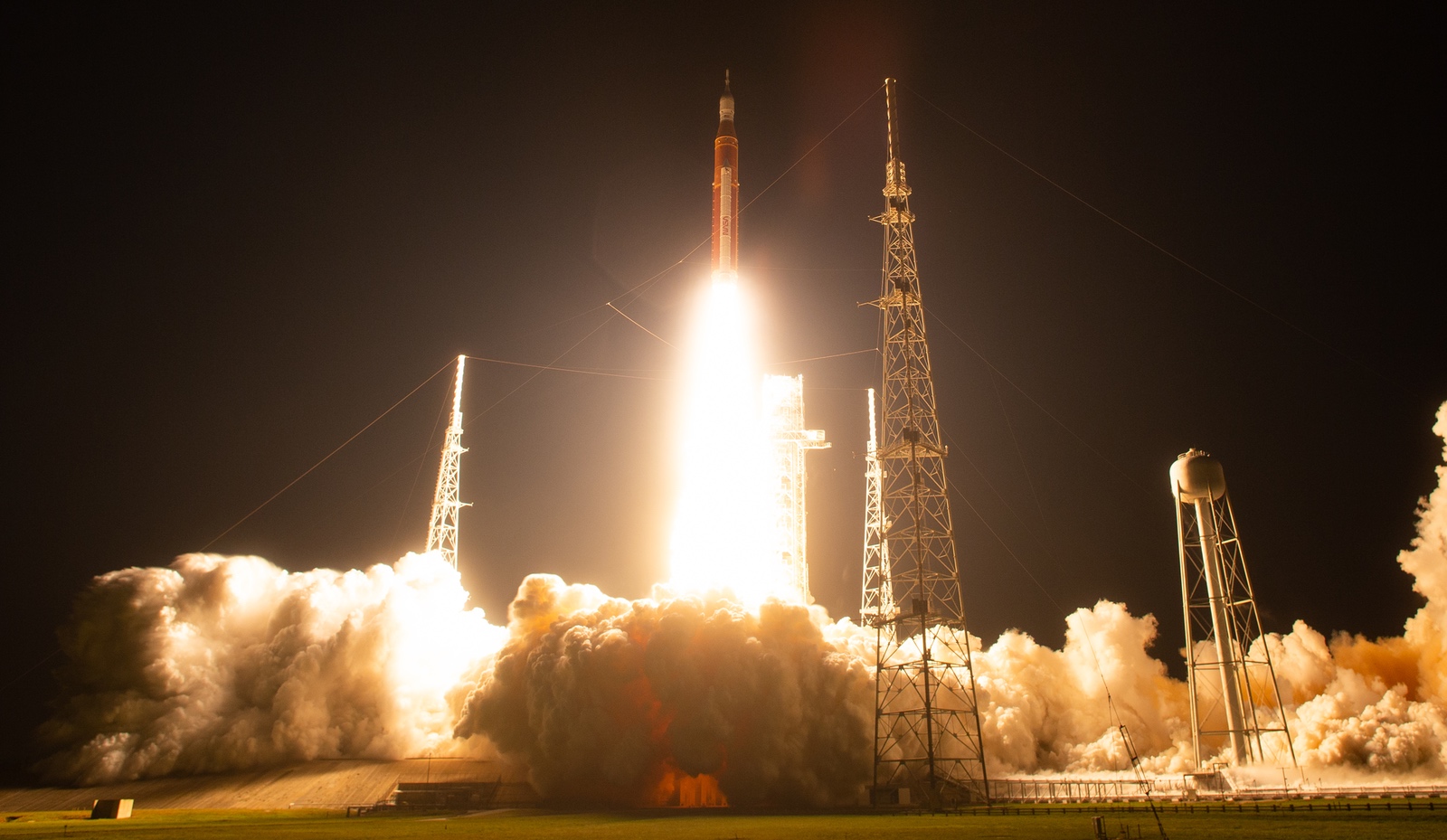WASHINGTON — House and Senate appropriators have drafted bills that would give NASA slightly less money in 2024 than it received in 2023, rather than the significant increase the administration requested.
The Senate Appropriations Committee advanced a commerce, justice and science (CJS) spending bill for fiscal year 2024 on a 28–1 vote during a July 13 markup. That bill funds NASA as well as the National Oceanic and Atmospheric Administration and National Science Foundation, among other agencies.
The committee had not released the text of the bill or accompanying report as of early July 14, but a bill summary by the committee stated it provided $25.0 billion for NASA. That is below the $25.384 billion the agency received in fiscal year 2023 and significantly less than the $27.185 billion the agency requested for 2024.
That summary did not include a full breakout of funding for the agency in the bill, but it noted that NASA’s exploration programs would get $7.74 billion, less than the $7.97 billion requested for 2024 but more than the $7.47 billion those programs received in 2023. That amount, the summary stated, fully funded Orion, the Space Launch System and ground systems while providing “sufficient funding to continue progress on the Artemis Campaign Development,” including the Human Landing System awards to SpaceX and Blue Origin.
In brief comments at the markup, senators said that exploration was their highest priority. The bill funds “the tools for NASA to return astronauts to the moon, including the first woman and person of color, and to maintain U.S. leadership in space,” said Sen. Jeanne Shaheen (D-N.H.), chair of the CJS appropriations subcommittee.
“We were able to protect the most important national priority within NASA’s budget, at least in my view, which is to return humans to the moon and maintain our strategic advantage in space,” said Sen. Jerry Moran (R-Kan.), ranking member of the CJS subcommittee.
The bill summary also noted that NASA’s Earth science, astrophysics and heliophysics divisions would be funded at or slightly above 2023 levels. That included restoring a $54 million cut proposed for heliophysics in the 2024 budget request.
The summary was silent on planetary science, but a draft of report language circulating online suggested strong concern by Senate appropriators about the status of Mars Sample Return (MSR). That draft allocated only $300 million for MSR, less than a third of the $949.3 million requested, citing delays and fiscal impacts on other NASA science programs. That comes amid NASA reviews that featured scenarios where the cost of MSR would be roughly double previous agency estimates.
Moreover, that report draft directed NASA to provide the committee with a cost estimate of MSR that would fit in a cap of $5.3 billion, a level recommended by the planetary science decadal survey published last year. If NASA cannot, the draft stated, MSR would be canceled and its funds reallocated to other science mission as well as Artemis.
House appropriators, meanwhile, published their CJS spending bill for fiscal year 2024 ahead of a July 14 subcommittee markup. That bill provides $25.367 billion for NASA in 2024, just under the 2023 spending level but again well below the request for 2024.
The bill would provide full funding for all exploration programs, at $7.97 billion. Science would get $7.38 billion, $880 million below the request and $415 million less than what they received in 2023. The bill did not break out science spending by division.
The funding in both the House and Senate bills are below the request in large part because of the debt ceiling deal reached at the end of May, where Congress and the White House agreed to raise the debt ceiling in exchange for capping non-defense discretionary funding, which includes NASA, at 2023 levels for 2024.
Moran said at the markup that the budget caps affected NASA among other agencies. “They will have significant challenges in continuing all of their programs. I’m disappointed by that,” he said of NASA. “These deep and painful cuts were inevitable under the deal the Speaker [of the House] and the President cut.”
“NASA will have a lot of work to do to figure out how to continue on the programs they are currently planning,” he added.
NASA officials had acknowledged since the passage of the debt ceiling deal that the agency’s funding for 2024 would fall short of its request. “It’s really challenging right now when we look at where we ended up” after the deal, said NASA Associate Administrator Bob Cabana during a July 12 talk at the Future Space 2023 conference.
“The president recommended $27.2 billion. We’re going to end up with less than that as we move forward,” he said. “It’s going to require some hard decisions on our part. It may move things out a little bit longer. It may mean some things have to be stopped.”
